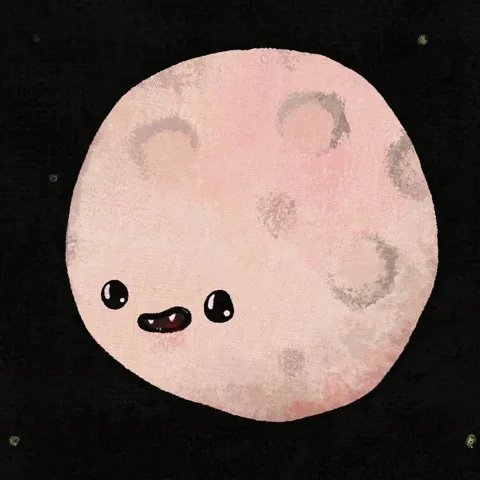A Sneak Peak That Will Fundamentally Change the Way You Look At the Death of a Sun
In my last blog, you got the idea about how the sun is actually born all by itself. Let’s see how it ends? Before that, I want to introduce you to the cosmic scale. This will help you visualize more clearly.
All our planets together form our solar system, many such solar systems together form the milky way(spiral shape), all milky ways and local groups together form small galaxy clusters(group), these small clusters together form Superclusters, at last, these superclusters together is what we call as OBSERVABLE UNIVERSE. Hush!!! Just imagine how huge this is. And then look back to your tiny human problems. Relatively it justs nothing to what’s there outside beyond these clouds.
Coming back! Our sun is made up of hydrogen and helium gases, right? For instance, let’s take your vehicle. Monday morning you full your vehicle’s fuel tank. Just like a normal day, you do your everyday chores and at the end of the week, your vehicle ran out of fuel.
Just like this, our sun will run out of its fuel (hydrogen and helium) one day. But unfortunately, in this case, we won’t be able to refill it back. And we will be ‘sunless’. Wait!! is that even a word?
Anyways, let’s see what it would look like sun dying. How and when will the sun die? it depends on its size. When medium size sun dies, it’s because the chemical reactions happening at its core have become more intense and as compared to its mass it cannot sustain the heat and pressure of these reactions and it ran out of hydrogen and helium gases. And eventually burst giving out all the heat and pressure and then condense into a small ball of remaining stuff. But while dying dramatically, they create the biggest explosions in the universe, which would also affect other celestial bodies revolving around it like our earth. This explosion will just swallow our earth and other planets into minutes. We call these explosions SUPERNOVA
Supernovas is super bright, it can shine entire galaxy containing millions of stars. After the supernova explosions, many particles like protons and neutrons are thrown out in space. And the remaining core is called NEUTRON STAR. This neutron star is an extremely small and dense type of star.
Here’s the twist, this whole process is only for medium-sized stars. Talking about the other stars, which are small, tiny, large, massive, and stars with less fuel. They burst in the same process like I explained, but end up taking different phases. For example, a massive star with lots of mass will burst in huge amounts and then condense to form a BLACK HOLE after its death. While a small star would turn into a white dwarf after its death. These stars after their death will last between one to ten trillion years. No matter how the star dies it transforms the whole universe. Without the star our universe would be just clouds of hydrogen and helium.
Here is a chart that shows the same in a more detailed manner.
It will take more than 10 billion years for our sun to die. So at least you won’t die in the death of the sun. The life span of the sun depends upon its mass. The bigger the star is, the shorter is its life span.
The sun dies, but it gets another different lifecycle again in the space after the death too.
Now we know about the lifecycle of the star. How it is born from nowhere and how it finally dies on its own, without any need of a creator.
Important note: it is the life and death of stars that are responsible for the formation of the elements formed here on the earth. Even we all are made of stars that burst many trillions of years ago, in the initial stage of universe formation. Can you imagine we are born from just a few gases wandering in the empty space? This is an interesting topic that gives us a scientific connection between humans and the universe.
Tell me what do you think about this blog and feel free to put down your questions below








One response to “DEATH OF STAR”
That was Excellent girl. Just K eep Go I ng Someone will be always with you ……